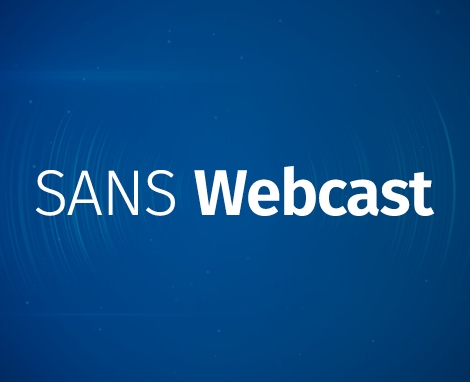SANS Webinar: Cleveland Clinic Best Practices On Securing Unmanaged and IoT Devices
Digital Transformation in Healthcare is improving our ability to deliver care to our patients.
The average hospital room has 10-15 connected medical devices delivering care to a patient. The Hospital's industrial control systems (ICS) ensure that electricity, water, and air quality meet the needs of our patients and caregivers. Other IoT devices, such as Smart TVs, security cameras, parking systems, and badge readers, further bring comfort and safety to our patients during their stay.
As the number of connected, unmanaged devices explode, threat actors targeting medical devices and industrial control systems have the potential to undermine the implicit trust that patients and caregivers have in the ability for these devices to operate safely. 'Healthcare delivery organizations need visibility in order to identify and manage the cybersecurity risks throughout the lifecycle of that device. The COVID-19 surge of devices being rapidly procured and deployed elevates the importance of automating this process.'the 'whole hospital ' philosophy of securing this universe of devices needs to be considered because the health, security and usage of non-medical devices can also impact patient care.
In this webinar, hear from speakers Kevin Tambascio, Cybersecurity Manager for Medical Devices/Operational Technology at Cleveland Clinic, Jason Sinchak, Principal, Level Nine Group and Russell Rice, VP Product Strategy, Ordr. Jason and Russell will provide an overview of connected device risks, COVID-19 impacts, and the challenge of securing unmanaged and IoT devices. Kevin will then dive into the best practices and framework at Cleveland Clinic for securing devices throughout their entire operational lifecycle. '
Register for this webinar to learn:
- - Challenges of securing unmanaged and IoT devices
- - Changes as a result of COVID-19
- - Shared responsibility model between vendors and healthcare organizations
- - Cleveland Clinic lifecycle approach and best practices '



